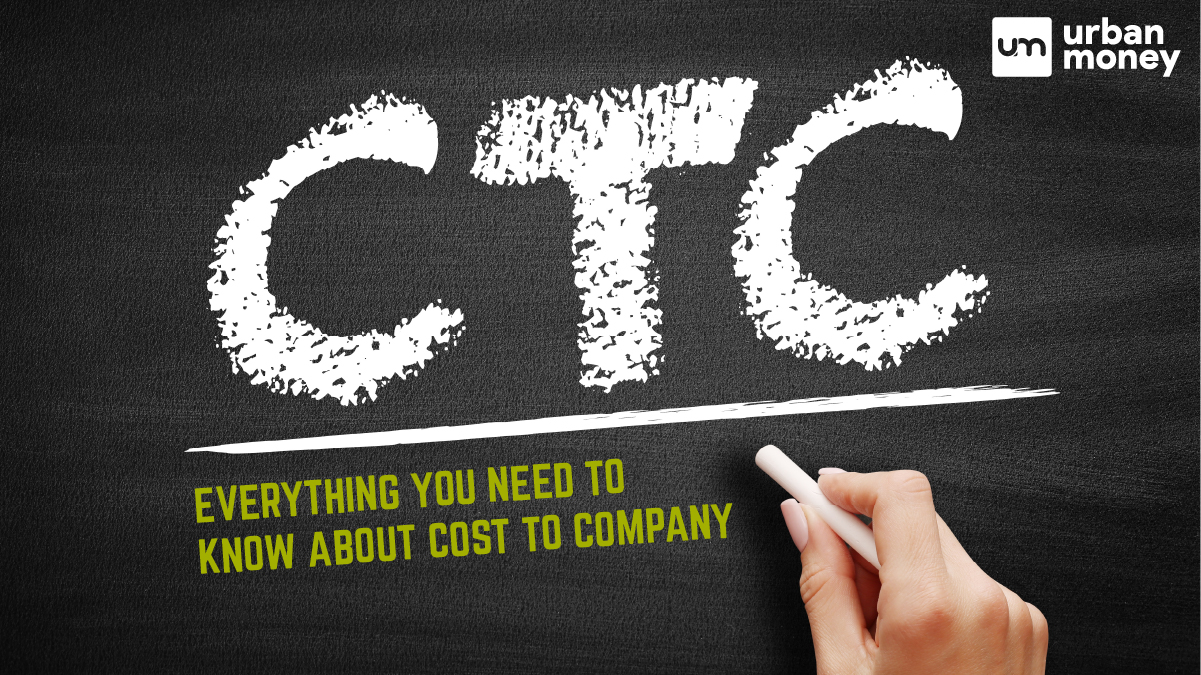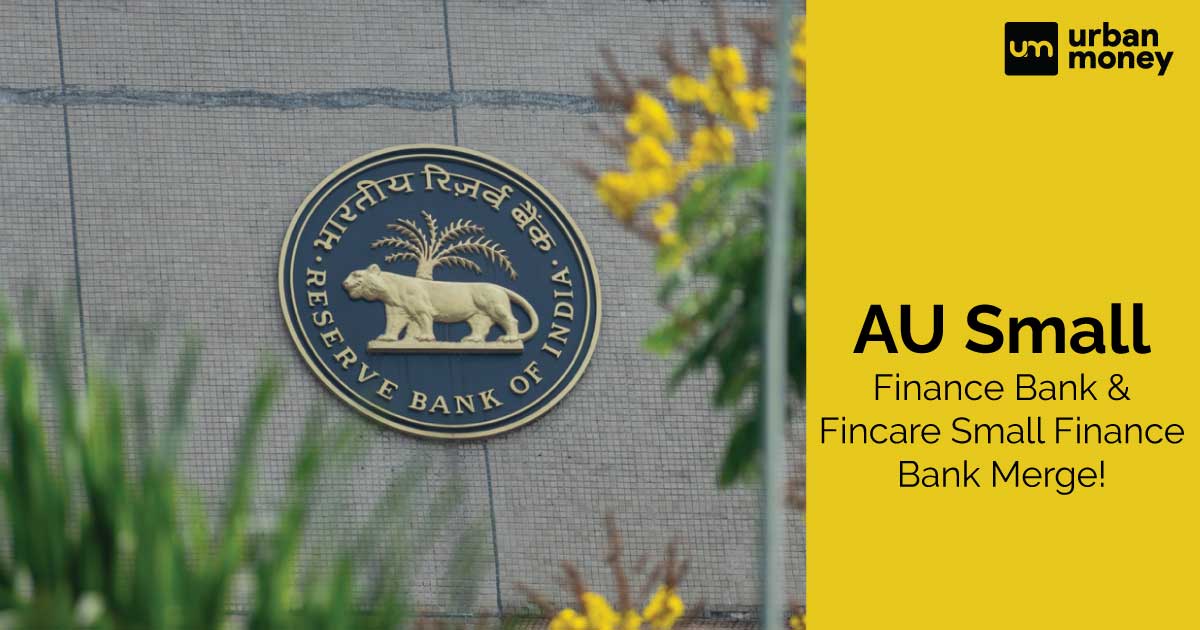CERSAI charges are fees you pay when taking a home loan to register your property with the Central Registry of Securitisation Asset Reconstruction and Security Interest of India (CERSAI). This helps prevent fraud and ensures your loan details are transparent. For instance, if you get a home loan from SBI, you will need to pay CERSAI charges for an SBI home loan. These charges are usually small, like ₹50 for loans up to ₹5 lakhs and ₹100 for loans over ₹5 lakhs. Knowing about CERSAI registration charges can help you understand all the costs involved when getting a home loan. Continue reading to understand more about CERSAI charges, their purpose, and their importance.
Purpose, Importance and Key Objectives of CERSAI Charges
The table below mentions the purpose, importance, and key objectives of CERSAI charges:
| Aspect |
Details |
| Purpose of CERSAI Charges |
CERSAI charges are fees paid to register the security interests of a property with the Central Registry of Securitisation Asset Reconstruction and Security Interest of India (CERSAI). This helps maintain a transparent and centralised database of all properties used as collateral for loans. |
| Importance of CERSAI Charges |
1. Prevents Fraud: Ensures no property is used to get multiple loans from different lenders.
2. Transparency: Keeps a clear record of all mortgages and loans.
3. Legal Protection: Protects lenders and borrowers by legally documenting the loan against the property. |
| Key Objectives of CERSAI Charges |
1. Record Keeping: Maintains a central registry of security interests on properties.
2. Verification: Helps lenders verify if a property is already mortgaged.
3. Regulation: Ensures all loans are registered and tracked to prevent unauthorised transactions. |
Impact of CERSAI Charges on Borrowers and Lenders
Impact on Borrowers
- Clarity: CERSAI charges help borrowers clearly understand if their property is mortgaged, preventing any fraudulent claims.
- Legal Safety: Paying CERSAI charges for home loans ensures that the loan is properly recorded and offers protection in case of disputes.
- Cost Awareness: Borrowers are informed of all costs, including CERSAI charges for SBI home loans, aiding in better financial planning.
- Secure Deals: Registering loans with CERSAI adds security to financial transactions, making them more reliable.
Impact on Lenders
- Lower Risk: CERSAI registration charges help lenders check if a property is already mortgaged, reducing the risk of issuing multiple loans on the same property.
- Legal Proof: Registering a mortgage with CERSAI provides legal proof to be used if the borrower defaults, ensuring lenders can claim the property.
- Better Checks: CERSAI charges allow lenders to thoroughly check properties, ensuring they aren’t already used as collateral elsewhere, helping make better lending decisions.
- Record Transparency: Keeping a central database of all mortgaged properties ensures transparency, making it easier for lenders to track and manage loans effectively.
Read Also : Everything You Need to Know About Prime Lending Rates in India
How to Apply for Entity Registration on CERSAI?
Applying for entity registration on CERSAI is a straightforward process to ensure that financial transactions are secure and transparent. Refer to the steps below to apply for entity registration on CERSAI charges:
- Go to the official CERSAI website.
- Find the Entity Registration tab on the homepage. Click on it to open the registration form.
- Fill in the Registration Form
- Select Entity Category and Type: Choose the appropriate category (e.g., Secured Creditor, ARC) and type (e.g., Public Sector Bank, Housing Finance Company) from the dropdown menus.
- Fill in the mandatory details, including the entity’s PAN, GSTIN, registration number, and other relevant information.
- To complete the registration, you need a Digital Signature Certificate (DSC). Ensure you have a valid Class III DSC.
- Submit the form online after completing all the details and attaching the DSC.
- Send Physical Documents: Download the filled form and send the hard copies and supporting documents to the CERSAI office. This includes proof of registration and identity documents of the authorised signatories.
- Pay the Registration Fee: Use the specified payment method for the applicable registration fee.
- The fee varies depending on the nature of the transaction and the entity type.
- Wait for Approval: After submitting the form and documents, CERSAI will review your application. You will receive a notification once your entity is successfully registered.
Procedure for Payment of CERSAI Charges
Paying CERSAI charges is essential when dealing with home loans or other financial transactions requiring registration with the Central Registry of Securitisation Asset Reconstruction and Security Interest of India (CERSAI). Follow these steps to make your CERSAI charges payment:
- Visit the CERSAI Website
- Log in to Your Account: Use your credentials to log in to your CERSAI account. If you do not have an account, you will need to register first.
- After logging in, locate the section for CERSAI charges. This is usually found under the ‘Payments’ or ‘Transactions’ tab.
- Select the Type of Charge: Choose the appropriate category for your charge. For example, CERSAI charges for home loans, and CERSAI charges for SBI home loans.
- Enter Loan Details: Provide the necessary details about your loan or financial transaction, including loan amount and borrower details.
- Calculate the Charge: The system will automatically calculate the CERSAI registration charges based on the information you provided. For home loans below ₹5 lakhs, the charge is ₹50 + GST, and for loans above ₹5 lakhs, it is ₹100 + GST.
- You can select a payment method from the available options, such as Net Banking, Debit/Credit Card, or UPI.
- Follow the instructions to complete the payment. Ensure you receive a confirmation message or receipt for the transaction.
- After completing the payment, download and save the receipt as proof of payment.
How to Perform an Asset-Based Search on the CERSAI Portal?
An asset-based search on the CERSAI portal helps verify if a property has any existing claims or registrations. Here’s a simple guide:
- Navigate to the official CERSAI website.
- Find and click the “Public Search” option on the homepage.
- From the dropdown menu, choose the “Asset-Based Search” option.
- Choose the Category of Asset: Select the appropriate category, such as immovable property.
- Enter Asset Details: Provide the necessary details, such as the survey number, plot number, house/flat number, floor number, building/tower name, project/scheme/society name, street name/number, locality/sector, state, district, city/town/village, and pin code.
- Enter the captcha code to proceed.
- Click on the “Submit” button to execute the search.
Also Read : All About Franking Charges
How to Perform Borrower-Based Search on the CERSAI Portal?
A borrower-based search on the CERSAI portal helps check if a borrower has any existing claims or registrations. Here’s a simple guide:
- Visit the official website of CERSAI
- Locate and click the “Public Search” option on the homepage.
- Select the “Borrower-Based Search” from the dropdown menu.
- Please fill in the required information, such as the borrower’s name, address, and identification details. Then, input the captcha code to continue.
- Click the “Submit” button to perform the search.
How to Perform an AOR-Based Search on the CERSAI Portal?
An AOR-based search on the CERSAI portal helps check if a property or asset has any existing Authorised Officer Registration (AOR). Here’s a simple guide:
- Begin by navigating to the official CERSAI website.
- Click the “Public Search” feature on the main page.
- Select “AOR-Based Search” from the available dropdown options.
- Fill in the required information, including the name of the authorised officer, property details, or other relevant data.
- Complete the captcha to continue. Click the “Submit” button to initiate the search.
Understanding the Fee Structure of CERSAI Charges
The fee structure for CERSAI charges is designed to cover the cost of registering security interests, such as mortgages, with the Central Registry of Securitisation Asset Reconstruction and Security Interest of India (CERSAI). Here’s a breakdown of these charges:
1. CERSAI Registration Charges
- For loans up to ₹5 lakhs, the registration charge is ₹50 plus GST.
- For loans above ₹5 lakhs, the charge is ₹100 plus GST.
- These charges apply when a lender registers a mortgage with CERSAI during the loan initiation process.
2. CERSAI Charges for Home Loan
- These charges are part of the overall costs of securing a home loan.
- The lender registers the mortgage with CERSAI to ensure transparency and legal validity. This fee, often called the “memorandum of deposit of the deed fee,” must be paid regardless of whether the loan is approved.
3. CERSAI Charges SBI Home Loan
- Like other banks, State Bank of India (SBI) includes CERSAI charges in its home loan processing fees.
- The charges are the same as mentioned above: ₹50 plus GST for loans up to ₹5 lakhs and ₹100 plus GST for loans above ₹5 lakhs.
4. Annual Maintenance Charges (AMC)
- Some lenders may also impose annual maintenance charges to keep the property information up-to-date in the CERSAI registry.
- These charges ensure that the mortgage details remain accurate throughout the loan tenure.
CERSAI Charges on a Home Loan
When you apply for a home loan, one of the additional costs you need to be aware of is the CERSAI charges. The Central Registry of Securitisation Asset Reconstruction and Security Interest of India (CERSAI) helps maintain a central registry of all security interests created on properties to secure loans from financial institutions. Here’s a breakdown of what you need to know about these charges:
- Registration Charges: There is a one-time registration charge when a lender registers a mortgage with CERSAI. This fee is ₹50 plus GST for loans up to ₹5 lakhs and ₹100 plus GST for loans above ₹5 lakhs. These charges are mandatory and must be paid regardless of whether the loan is approved.
- Annual Maintenance Charges (AMC): Besides the initial registration fee, some lenders might impose an annual maintenance charge to keep the property information up-to-date in the CERSAI registry. This fee ensures that all details remain accurate throughout the loan tenure.
- Purpose of CERSAI Charges: These charges are essential for creating a legal charge against your assets, ensuring transparency, and protecting both lenders and borrowers from fraudulent activities. By registering with CERSAI, lenders can verify that the property has not been used to secure multiple loans, which helps prevent fraud.
- Impact on Loan Approval: Understanding and agreeing to CERSAI charges is crucial during the loan approval process. Knowing these charges helps you plan your finances better and avoid surprises.
- Loan Closure and CERSAI: Once you repay your home loan, the lender needs to inform CERSAI about the loan’s closure and the mortgage’s release. Additional charges might be associated with this process, so it’s advisable to check with your lender for a clear understanding.
Penalties for Non-Compliance with CERSAI Regulations
Non-compliance with CERSAI (Central Registry of Securitisation Asset Reconstruction and Security Interest of India) regulations can result in significant penalties for financial institutions and lenders. Here’s a clear and easy-to-understand overview of these penalties:
- Monetary Penalties: Financial institutions must submit details of their property-related activities to the CERSAI database within 30 days of the transaction. Failure to comply with this requirement can lead to monetary penalties. Specifically, a fine of ₹1,000 per day of delay is imposed for late registration.
- Operational Restrictions: Non-registration of security interests can prevent secured creditors from enforcing their rights under the SARFAESI Act. If a financial institution fails to register the security interest, it cannot seek remedies or enforce its security under the act.
- Loss of Creditor Rights: The amendments to the SARFAESI Act emphasise that unregistered security interests could result in creditors losing their priority over other creditors. This means that in legal proceedings, an unregistered security interest could be deemed invalid or unenforceable, placing the creditor at a disadvantage.
Know More About : What is the Meaning of Annual Percentage Rate?
Frequently Asked Questions on Cersai Charges
What are the eligibility criteria for CERSAI?
Entities must be financial institutions, banks, or NBFCs with a valid PAN number and meet RBI's capital adequacy norms.
How are CERSAI charges calculated?
CERSAI charges are ₹50 plus GST for loans up to ₹5 lakhs and ₹100 plus GST for loans above ₹5 lakhs.
When do CERSAI charges need to be paid?
CERSAI charges need to be paid during the registration of the security interest, typically at the start of the loan process.
Can CERSAI charges be refunded?
CERSAI charges are generally non-refundable as they cover the cost of processing and maintaining the registry .
Are there any exemptions from CERSAI charges?
There are no exemptions; all applicable fees must be paid based on the transaction type .
Where can I find the latest information on CERSAI charges?
The latest information on CERSAI charges can be found on the official CERSAI website and RBI notifications.
What are the consequences of not paying CERSAI charges?
Not paying CERSAI charges can result in the non-registration of the security interest, making it unenforceable under the SARFAESI Act .































